Every year we can see the impact of climate change in fire season, hurricane season, flood season, droughts and heat waves and winter storms. We look at our oceans and see a sea of plastic. An estimated 150 species go extinct every day. Yes, you’ve read that right: every day. Becoming more environmentally conscious in the way we live isn’t just a trend anymore: it’s become a necessity for all of us if we want to leave a world where the next generations can survive and thrive. It’s not just about eating sustainably farmed food and upcycling our clothing either: we can be eco-friendly in our very homes. Here are some secrets of an eco-conscious homeowner we should all adopt.
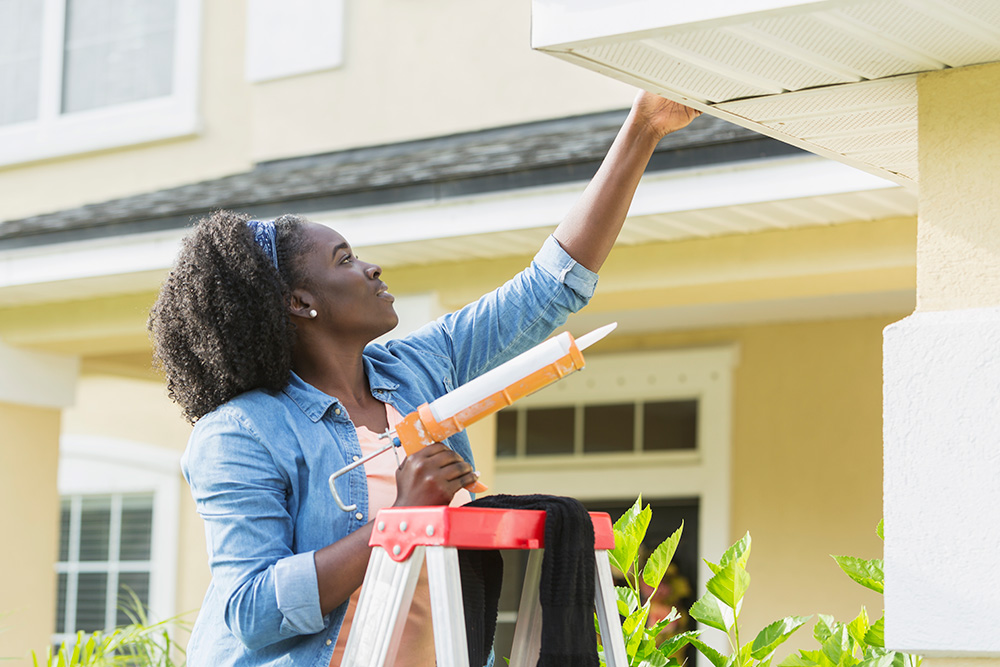
Check Your Insulation
One of the most important features of an eco-friendly home is that it saves energy, and one of the best ways to save energy is to make sure your home is properly insulated. Caulking and weatherstripping every gap that can allow heat to escape and cold air to enter will not only help keep your home warm in winter but will also help you save money on your hydro bill.

Grow Your Own Food
It’s always been easy to grow herbs year-round in a window planter. But technology has made it even easier to grow a wider variety of fresh produce indoors. Smart gardens like those from Click and Grow make it simple to have fresh herbs, veggies and fruit available on demand. The benefits are many: less food waste because you only use what you need, there’s no packaging and you don’t have to run to the store because you’re out of rosemary.
Related: This is Why Your Herbs Keep Dying (and 5 Tips to Bring Them Back to Life!)
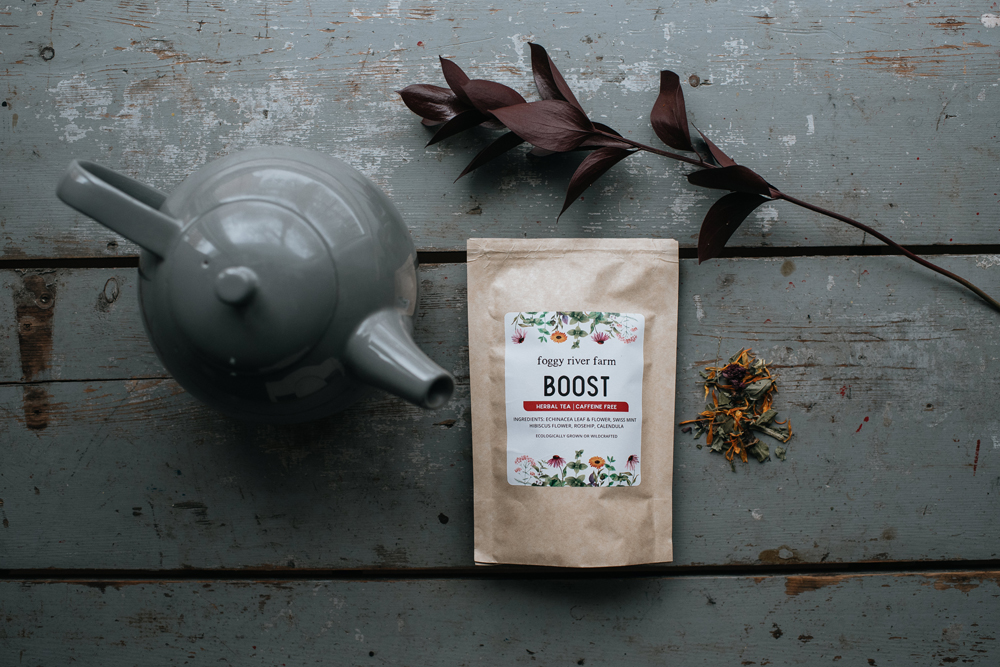
Buy Compostable/Biodegradable
You might not realize it, but some products like teabags contain non-biodegradable polypropylene. Look for products that are 100% backyard compostable and support the efforts of the companies that make them. Also, support local farmers by buying local produce whenever you can.
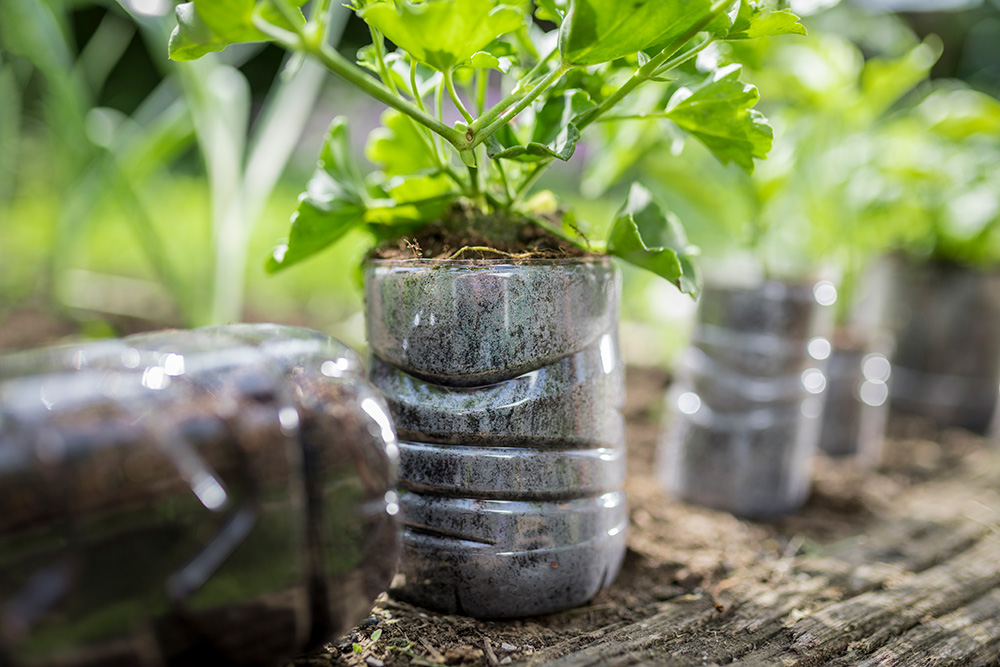
Reuse Before Recycling
An environmentally conscious homeowner produces less waste. However, simply recycling is not enough: for instance, Canadians throw out three million tonnes of plastic waste every year and only nine percent of that gets recycled. Some 29,000 tonnes of plastic waste doesn’t even make it to the landfill but ends up in the natural environment. To get into the habit of producing less waste, learn how to reuse things before tossing them into the recycling bin. There are many innovative ways to upcycle plastic waste in the home.
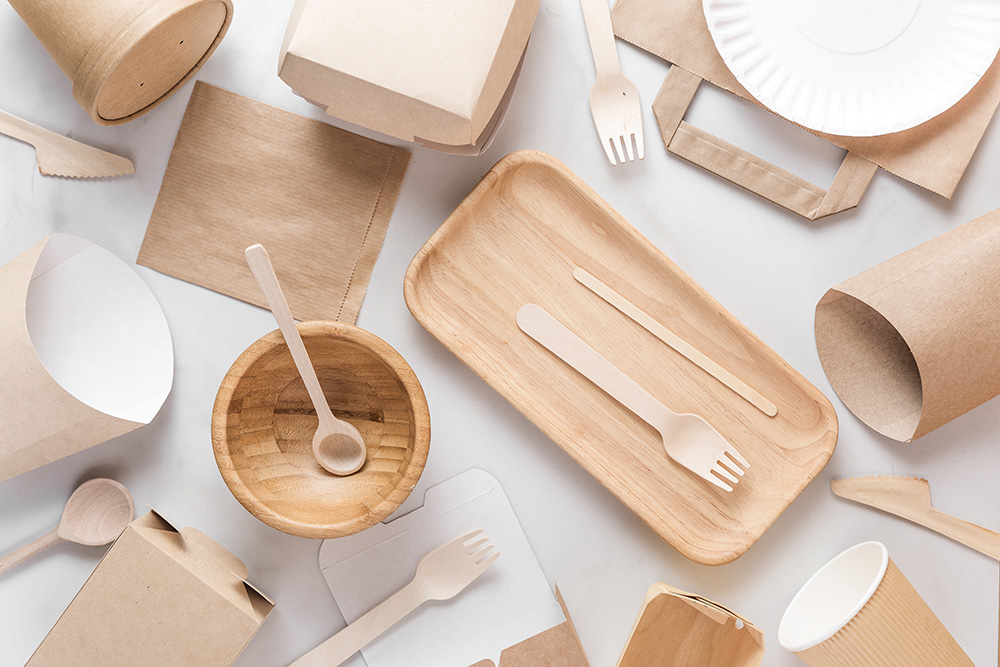
Use Less Plastic
Another way to reduce waste – especially plastic waste – is to simply use less plastic in the first place. Buy products with eco-friendly packaging, for instance, and start replacing plastic with other materials: bamboo brushes for everything from veggies to teeth, beeswax food wraps, bamboo kitchen utensils, stainless steel drinking straws, and the like.
Related: We Tried These Sustainable Home Products: Our Honest Opinions
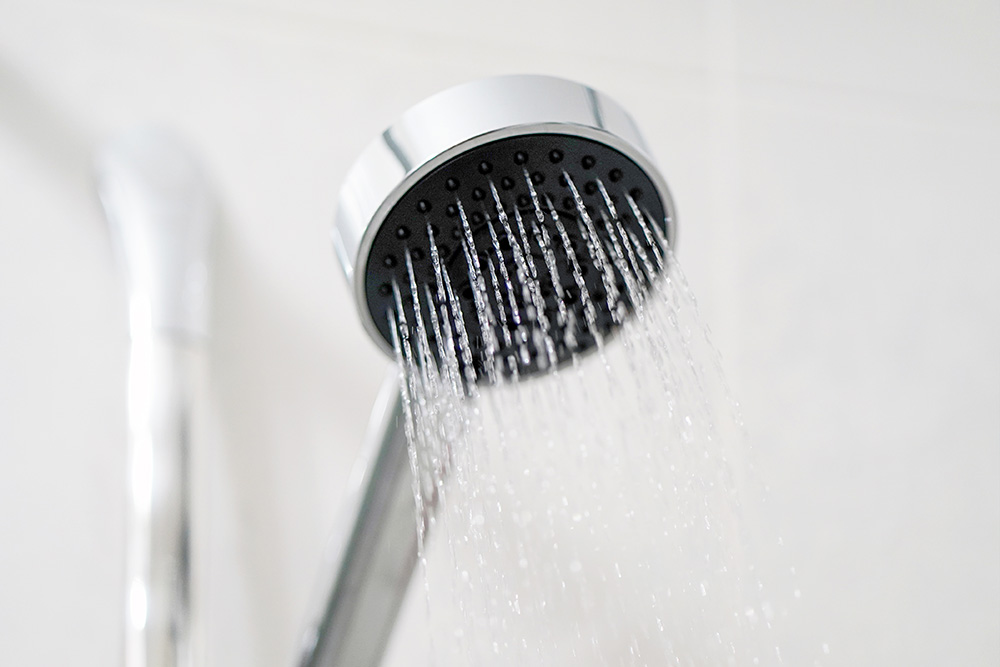
Become Water Wise
Canada is one of the world’s largest consumers of water, with the average Canadian using 329 litres of water every day. Part of becoming more water wise is to get into habits that are consciously saving water, like taking shorter showers. However, you can make your home more water wise too by installing low-flow showerheads and toilets, aerated faucets, water-efficient appliances, rainwater-collecting systems and so on. These are also easy ways to save money on your water bill.
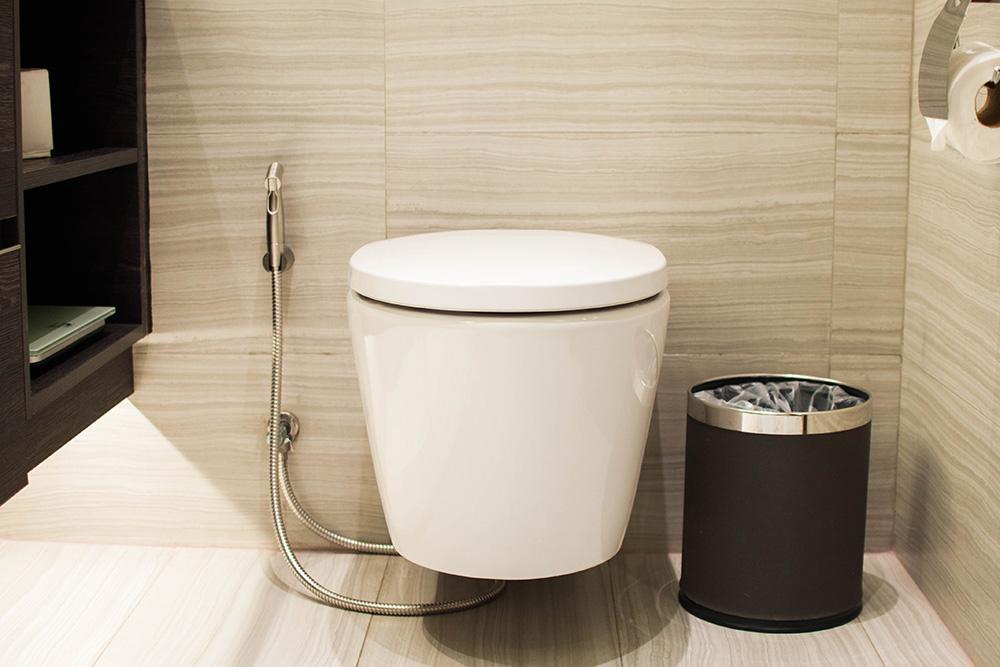
Install a Bidet
In order to produce enough toilet paper for our needs, thousands of trees are cut down each year. An eco-conscious bathroom may feature “green” toilet rolls made of recycled paper but even better is a bidet. Yes, it uses water, but it uses less than the 12 to 37 gallons it takes to make a single roll of toilet paper. If you can’t stand the thought of a complete bathroom overhaul, a bidet attachment is one of the best eco-friendly home products you can invest in this year.
Related: 10 Reasons Why a Bidet is the Life-Changing Bathroom Accessory You Need

Install Solar Panels
A truly eco-friendly home is one that embraces renewable energy. Solar panels may be expensive to install but they’ll save you money over time and can even increase your home’s resale value. Best of all is that they reduce the need for non-renewable energy sources like gas and coal.
Related: What Are Net Zero Homes, and Why Are They the Future? Mike Holmes Breaks it Down
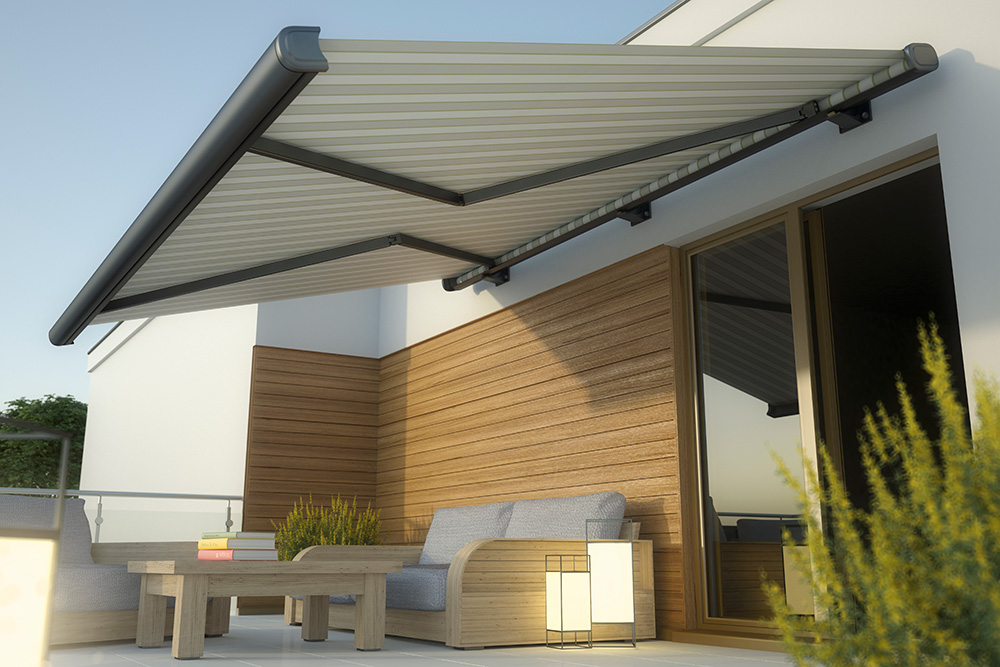
Be Sun Smart
Solar panels aren’t the only way to harness the energy we get from the sun. You can keep your home cool or warm as needed and let in natural light by becoming sun smart. Plant trees strategically to provide cooling shade, for example, or install retractable awnings or rolling blinds that you can adjust depending on whether you want to let the sunshine in or not. You can also be sun smart by knowing how to use the window treatments inside your home.
Related: Sarah Baeumler’s Do’s and Don’ts for Window Treatments

Get Recycled or Eco-friendly Furniture
Find inspiration with thrifted home décor ideas to reuse old furniture or invest in eco-friendly pieces. If you’re considering used furniture, it’s a good idea to become familiar with the materials you don’t want in your home and to learn what to look for in furniture. Alternatively, there are companies that use recycled and eco-friendly materials to create stunning new pieces.

Plant Native Species
Another secret of an eco-conscious home is that it also has an eco-conscious garden. This starts with focusing on native species, since they’re adapted to the local climate, use less water, are less prone to pests and diseases and will attract critters that will turn your garden into a biodiverse little ecosystem. You don’t even have to focus on the usual suspects like maple trees: there are plenty of exotic-looking plants and trees that are Canadian.
HGTV your inbox.
By clicking "SIGN UP” you agree to receive emails from HGTV and accept Corus' Terms of Use and Corus' Privacy Policy.





